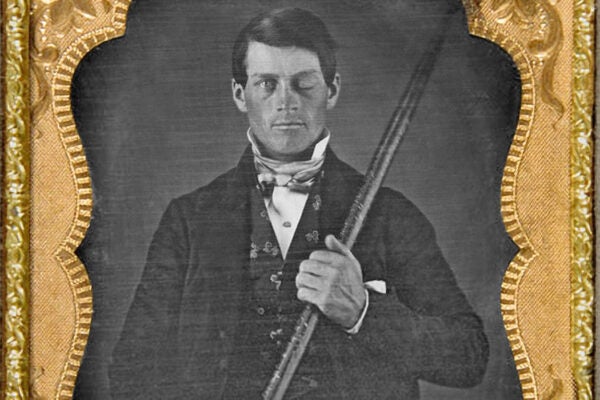How Machines Learned to Do Math (Literary Hub)
by Keith Houston
Before the desktop computer came the electric calculator, an ingenious repurposing of the technologies behind the telegraph and telephone. Its story spans the globe.
Who Knows Who the Druids Were? (Aeon)
by Miranda Aldhouse-Green
Contemporaneous texts portray Druids as shadowy partakers in blood-drenched rituals. But those were written mainly by Romans who had political reasons to paint them negatively. Can archaeology shed more light on their real practices?
What Does Electroconvulsive Therapy Do? (Undark)
by Astrid Landon
Electroconvulsive therapy is among the most controversial treatments in medicine, viewed as miraculous by some and barbaric by others. As researchers continue to investigate its benefits and costs, they’re also looking at another question: what work do the electrical currents actually do in the brain?
The Many Sides of Lady Columbia (Smithsonian Magazine)
by Cari Shane
Before Uncle Sam or Lady Liberty, America was represented by Lady Columbia. In songs, cartoons, and poems, she represented the values the nation held dear, from peace and freedom to settler-colonialism.
Philadelphia’s Anti-Violence Heritage (Black Perspectives)
by Menika Dirkson
For generations, many have argued that the solution to crime and gang activity in Philadelphia is ramping up policing. But others, from Black social workers to local anti-violence groups, have proposed other answers.
Got a hot tip about a well-researched story that belongs on this list? Email us here.






